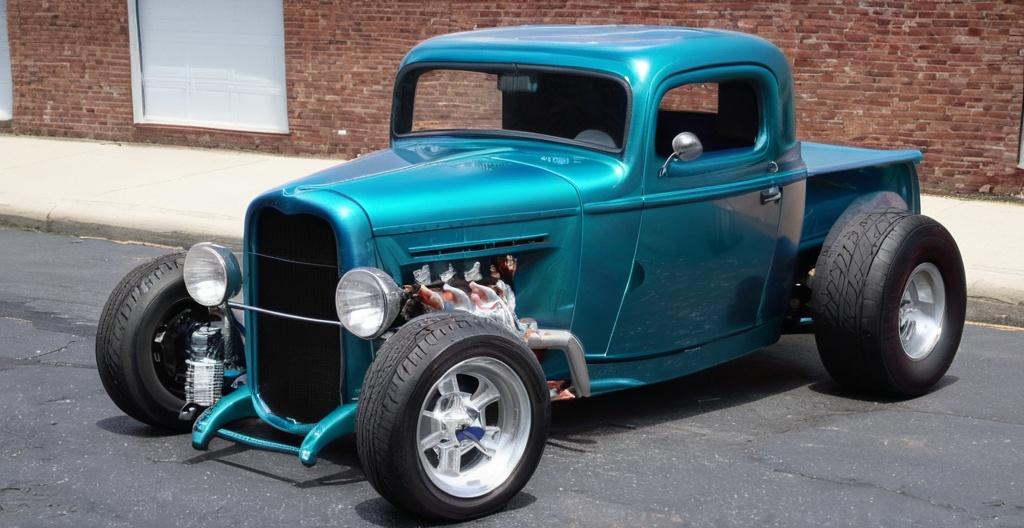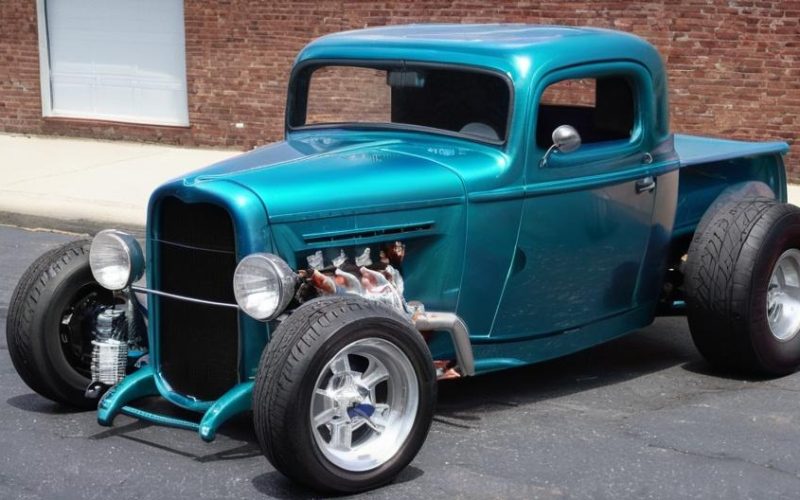Key Take Aways About Building Custom Hoods and Scoops
- Custom hoods and scoops enhance both style and engine performance.
- Fiberglass is budget-friendly; carbon fiber offers less weight and more strength.
- New hoods improve airflow and allow space for performance tweaks.
- Hood scoops optimize air intake, aiding engine cooling and efficiency.
- Balance aesthetics, functionality, and personal preference in selections.
- DIY installation saves money but requires precision; professional help is available.
- Costs vary with material choice, potential boost in resale value.
- Custom hoods and scoops reflect personal style and enhance your street rod experience.

Exploring the World of Custom Hoods and Scoops
Street rodding isn’t just a hobby; it’s an expression of personal style and innovation. And when it comes to making your car stand out, custom hoods and scoops are a top pick. Not only do they give your ride an aggressive look, but they also improve functionality by aiding in engine cooling and performance. Let’s see how you can add some personality to your street rod with these essential components.
The Basics of Custom Hoods
Custom hoods come in various shapes and materials, from fiberglass to carbon fiber. Each type offers its own benefits. Fiberglass is popular due to its easy moldability and cost-effectiveness. On the other hand, carbon fiber is lightweight and strong, albeit pricier. So, picking the right material depends on both your budget and performance goals. A custom hood can completely alter the car’s look, offering a sleek, unique style that’s all you.
Performance Enhancements
Putting on a new hood isn’t just for show. These components can significantly improve airflow to your engine, which directly affects performance. More air means better combustion and power. For those keen on tweaking performance, a high-rise hood provides space for modifications like larger air filters or turbos. It’s not just a pretty face; it’s a power move.
Diving into Hood Scoops
Hood scoops are perhaps the most iconic street rod accessory. They channel air directly into the engine bay, ensuring your engine gulps down enough air to keep it cool and supercharged. Various designs are influenced by functional needs or aesthetic preferences. A rear-facing scoop, known as a cowl, uses the low-pressure area near the windshield to draw in cooler air, whereas forward-facing scoops force air into the engine.
Making the Right Choice
Choosing the perfect hood scoop involves a balance of form, function, and personal taste. You might lean toward a shaker scoop if you like a classic vibe, with the added bonus of watching it move with engine torque. Or, go with a more modern, aggressive style, providing plenty of air intake while turning heads. It’s all about what works for you and your ride.
Installation Insights
The do-it-yourself route can save money, but it requires some know-how. Removing the old hood and fitting the new one is often a straightforward process, but it demands precision to ensure a good fit and proper alignment. If cutting is needed for the scoop, grab those safety glasses! Measure twice, cut once. If that sounds like a tall order, there are plenty of pros who can get the job done right.
Personal Story: The First Hood Swap
A buddy of mine once shared a tale of his first custom hood experience. Armed with a tool kit and a lot of enthusiasm, he spent a Saturday transforming his trusty old Mustang. Despite a couple of hiccups—like realizing the new hood pins didn’t align perfectly—it was a labor of love that resulted in not just a cooler car, but a sense of accomplishment. Sometimes, diving in headfirst is the best way to learn!
Boosting Your Car’s Appeal
Custom hoods and scoops aren’t just about function; they add that personal touch that makes your car truly yours. They’re a way to express individuality in the street rodding community. Whether you’re hitting the local car meet or just cruising the streets, a well-chosen hood and scoop can be your car’s signature move.
Cost Considerations
Investing in custom hoods and scoops varies widely, depending on materials and complexity. Basic fiberglass options could cost a few hundred dollars, while more exotic materials like carbon fiber can run into the four figures. Always keep an eye on installation costs if you’re not going the DIY route. While it might seem steep, the right hood or scoop can boost resale value and performance, making it a worthy investment.
The Bottom Line
Customizing your street rod’s hood and scoop is more than just an upgrade—it’s a statement. From enhancing performance to expressing personal flair, these components offer both style and substance. So, whether you’re in it for the speed, the looks, or a mix of both, carefully choose what aligns best with your goals. Remember, it’s not just about turning heads; it’s about making it your own.
